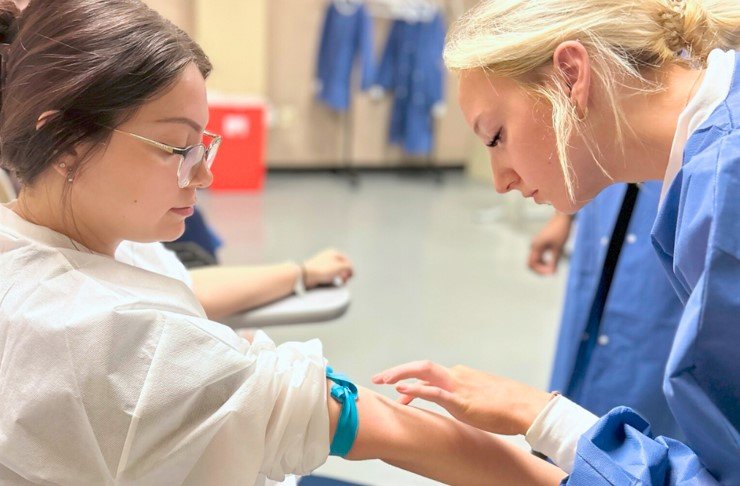Optimizing Supply of Mindfulness Resources and Equipment in Hospitals
Summary
- Hospitals need to prioritize the supply of mindfulness resources and equipment to support nurses in incorporating mindfulness into patient care.
- Strategic planning and inventory management are essential in ensuring hospitals have an adequate supply of mindfulness resources and equipment.
- Collaboration between hospital administrators, nurses, and suppliers is key to effectively managing and replenishing mindfulness resources and equipment.
- Identify the specific mindfulness resources and equipment needed
- Assess current inventory levels
- Forecast future demand
- Create a strategic plan for managing the supply of mindfulness resources and equipment
- Track the supply of mindfulness resources
- Monitor usage rates
- Reorder supplies as needed
- Utilize inventory management software for efficiency
- Maintain open lines of communication with suppliers
- Negotiate favorable pricing
- Address any issues promptly
- Stay informed about new mindfulness tools and equipment
The Importance of Mindfulness in Patient Care
Before delving into how hospitals can ensure an adequate supply of mindfulness resources and equipment for nurses, it is crucial to understand the importance of mindfulness in patient care. Mindfulness involves being present in the moment, fully engaged in the task at hand, and aware of one's thoughts and feelings without judgment. For nurses, incorporating mindfulness into patient care can improve patient outcomes, reduce stress and burnout, and enhance the overall quality of care provided.
Strategic Planning for Mindfulness Resources and Equipment
One of the first steps hospitals can take to ensure an adequate supply of mindfulness resources and equipment is to engage in strategic planning. This involves identifying the specific mindfulness tools and equipment needed, assessing current inventory levels, and forecasting future demand. By creating a strategic plan, hospitals can proactively manage their Supply Chain and prevent shortages or overstock situations.
Inventory Management for Mindfulness Resources
Once hospitals have a strategic plan in place, the next step is effective inventory management. This involves tracking the supply of mindfulness resources, monitoring usage rates, and reordering supplies as needed. Hospital administrators can utilize inventory management software to streamline this process and ensure that nurses have access to the mindfulness tools and equipment they need to provide high-quality care.
Collaboration with Suppliers
Collaboration between hospital administrators, nurses, and suppliers is key to ensuring a steady supply of mindfulness resources and equipment. By maintaining open lines of communication with suppliers, hospitals can establish strong relationships, negotiate favorable pricing, and address any issues that may arise. Additionally, suppliers can provide valuable insights into new mindfulness tools and equipment that can enhance patient care.
Conclusion
In conclusion, hospitals play a crucial role in supporting nurses in incorporating mindfulness into patient care by ensuring an adequate supply of mindfulness resources and equipment. By engaging in strategic planning, effective inventory management, and collaboration with suppliers, hospitals can optimize their Supply Chain and enhance the quality of care provided to patients. Prioritizing mindfulness in patient care not only benefits nurses but also leads to improved patient outcomes and overall satisfaction.

Disclaimer: The content provided on this blog is for informational purposes only, reflecting the personal opinions and insights of the author(s) on the topics. The information provided should not be used for diagnosing or treating a health problem or disease, and those seeking personal medical advice should consult with a licensed physician. Always seek the advice of your doctor or other qualified health provider regarding a medical condition. Never disregard professional medical advice or delay in seeking it because of something you have read on this website. If you think you may have a medical emergency, call 911 or go to the nearest emergency room immediately. No physician-patient relationship is created by this web site or its use. No contributors to this web site make any representations, express or implied, with respect to the information provided herein or to its use. While we strive to share accurate and up-to-date information, we cannot guarantee the completeness, reliability, or accuracy of the content. The blog may also include links to external websites and resources for the convenience of our readers. Please note that linking to other sites does not imply endorsement of their content, practices, or services by us. Readers should use their discretion and judgment while exploring any external links and resources mentioned on this blog.
